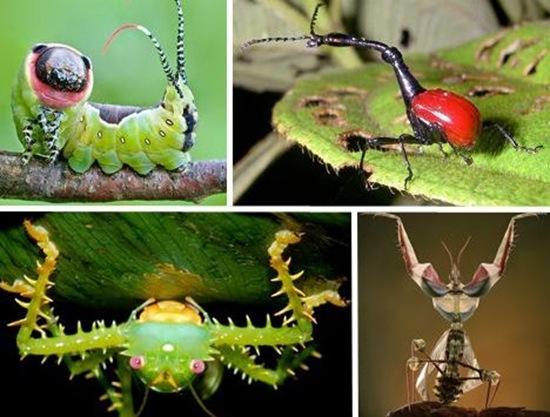
Some people shriek at the sight of any six-legged creature, but these particular insects will inspire a particularly potent blend of revulsion mixed with wonder and fascination. Some strike dancer-like poses, some have inexplicable physical features that even scientists can’t figure out, some are incredibly freaky and others are just cute. That’s right, cute.
1. Devil’s Flower Mantis
Few bugs would be described as ‘elegant’, but the Devil’s Flower Mantis is certainly deserving of the term. When it’s in defensive posture, it looks like it’s about to start dancing.
It’s one of the largest species of praying mantis, reaching up to five inches in length. As a juvenile, it’s remarkably leaf-like, growing up to be a colourful creature that’s somehow pretty and creepy at the same time, like its name.
2. Giraffe Weevil
Image via: wikimedia commons
Named the giraffe weevil for obvious reasons, this little creature has a neck that’s longer than its body.
Males have much longer necks than females, and use them to fight each other for mates, as seen in the video above. They thrive in the warm climate of Madagascar.
3. Puss Moth Caterpillar
It doesn’t look like much once it reaches adulthood, but the puss moth has one heck of a flashy existence as a juvenile caterpillar.
In addition to that clownish head, Cerura vinula bears a dangerous whip-like tail with appendages that squirt formic acid at attackers.
4. Brazilian Treehopper
How bizarre is the Brazilian treehopper? It looks like an alien, or the product of a CGI animator’s imagination. You might think that the strange globes on top of this bug’s head are eyes, but they seem to be some sort of ornamentation meant to deter predators. Scientists aren’t sure whether the bristles on those globes are spines for defensive purposes, or sensory bristles with an unknown tactile function.
5. Giant Weta
Image via: sid mosdell
This nightmare-inducing bug can reach 2.5 pounds - heavier than a sparrow. The giant weta is found only in New Zealand, reaching these epic proportions thanks to a secluded island environment with virtually no predators to restrict its growth.
They’re the largest known insects in the world, and one recent find - a record-breaking ”gargantuan among gargatuans” - had a wingspan of seven inches.
6. Hummingbird Hawk-Moth
Images via: wikimedia commons
At just a glance, you’d probably think this was actually a hummingbird drinking from a tempting blossom. But look again. The hummingbird hawk moth hovers just like a hummingbird, and has a long proboscis resembling a beak.
It’s found in the warmer climates of southern Europe and North Africa, and is active during the day. Its resemblance to hummingbirds is an example of convergent evolution, when different species evolve to possess the same traits due to their environmental conditions.
7. Spiny Katydid
Image via: geoff galice
Katydids are weird little bugs, but some of them are even stranger-looking than their brethren: spiny katydids and prickly katydids of various varieties can be found both in arid environments and rainforests.
Spiny katydids look like cartoons of thorny stems come to life, with funny eye placement and large, probing mouths. All of those spines may make them look a bit fearsome, but they’re entirely harmless.
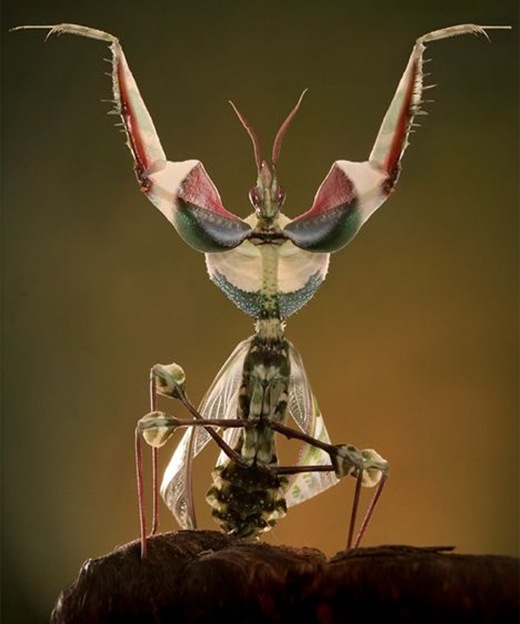

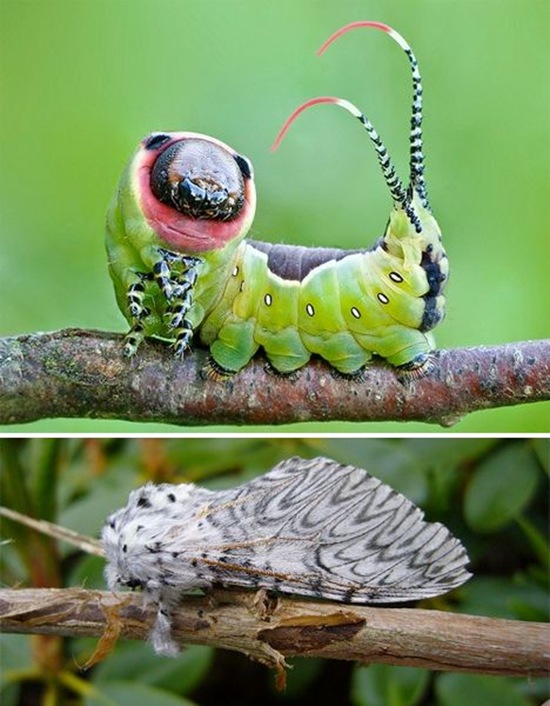

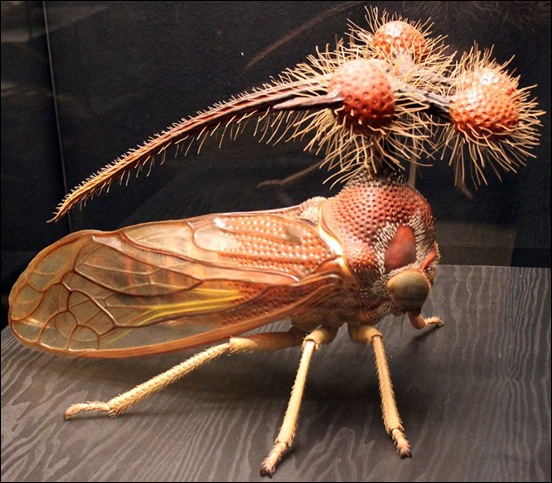
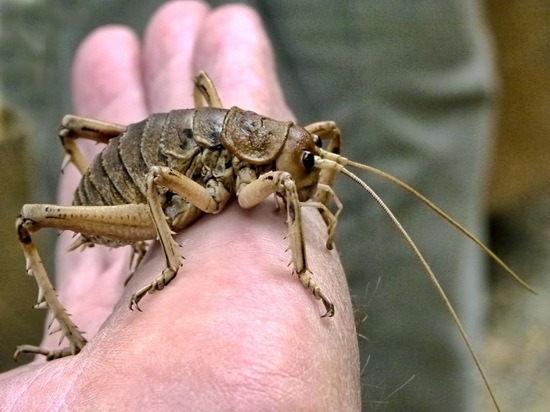
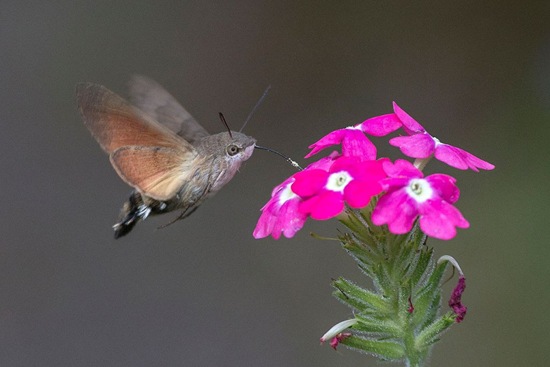


No comments:
Post a Comment
Please adhere to proper blog etiquette when posting your comments. This blog owner will exercise his absolution discretion in allowing or rejecting any comments that are deemed seditious, defamatory, libelous, racist, vulgar, insulting, and other remarks that exhibit similar characteristics. If you insist on using anonymous comments, please write your name or other IDs at the end of your message.